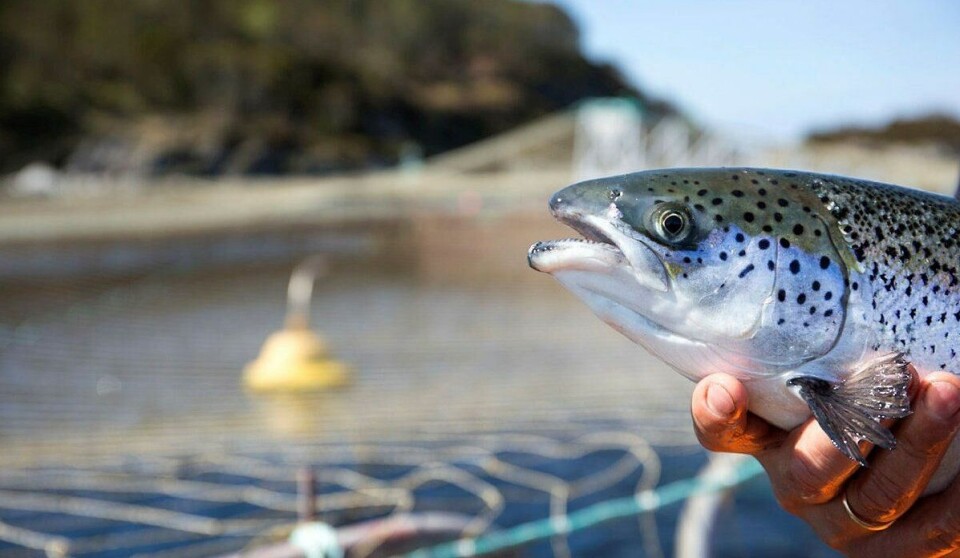
Insect meal has ‘high potential’ say researchers after salmon feed trial
Norwegian researchers who replaced fishmeal with insect meal in salmon feed found that the salmon grew well, remained healthy and had a good flavour.
The Norwegian research institute, Havforskningstituttet, carried out the trials in which they fed salmon with four different types of food.
One group of salmon received a control feed containing 10% fishmeal. The other three groups received a feed in which the fishmeal was replaced with 33%, 66% or 100% insect meal, respectively.
No difference in growth
“The salmon that received 100% of the insect meal grew as well as the one that had 100% fishmeal. This confirms that insect meal has a high potential as an ingredient in fish feed,” said Erik-Jan Lock, research director.
In total, the experiment was performed in 12 different cages, separated into four groups of three cages that received the same type of food. Salmon were fed from a weight of 1.2 kilos, up to a harvest weight of 4.5kg.
In addition to investigating whether the fish grew correctly, the researchers also tasted the different fish fillets. The salmon fillets were sent to aquaculture and food research institution Nofima, where a professional panel made a blind tasting. The panel had to test three fish from each of the different diet groups, not knowing what fish was served.

Tasting panel
“The tasting panel could not recognise any of the four different fish fillets. It is an important result for producers and confirms that insect meal is suitable for fish feeding,” said Lock.
The director of research has been the leader of the Aquafly project, the objective of which is to investigate whether insects can be a safe and healthy ingredient in food. Through the project researchers have developed both flour and oil of insects that can be used in food for farmed salmon.
Insects can transform different types of organic matter, such as food waste, into nutritious food ingredients. Therefore, it is a sustainable food ingredient, which can contribute to the goal of more sustainable aquaculture.
The researchers also examined possible changes in the fish that could indicate that they were not healthy. They examined intestinal health, took blood samples from the salmon and looked for signs of inflammation or other things that might indicate disease in the fish.
Fatty acids
The researchers found no sign that the fish were sick, but they saw that there was a change in the composition of the fatty acids. That is, the fish metabolised fat a little differently.
“We do not really know what this means for fish, but it’s more likely that it’s the fish that adapt to a new food ingredient,” Lock said.
In addition, the fish were examined for an eventual foreign matter content, and none had levels above the current limit values.
“What insects are fed before they become salmon feed is crucial, and as long as you have control of this, you will also have control over the content of foreign matter. If the insects eat algae, they will have a higher content of heavy metals, since these naturally occur in the sea and are absorbed by algae,” explained Lock.






















































